Peter Latham is a fine art landscape photographer from New Zealand who captures his country’s epic scenery in incredible detail. His photographs can be seen in private and corporate collections around the world, as well as, more recently, New Zealand’s Auckland International Airport.
I’ve loved photography from a young age, back when we processed film the old-fashioned way and it all felt magical. I fell for it immediately. But my first real foray into photography happened in my 20s. I had quit my job at a camera store and decided to cycle for 5 months around New Zealand’s South Island, bringing along as much camera equipment as I could carry, i.e. a Bronica ETRS 120. Two years later I started a tour around the globe as a photographer, aboard 17 different cruise ships.
On one of these cruise ships we got an Epson 7600 (24”) printer. We were shooting everything on film, scanning 8×10 studio portraits and printing them onto canvas. I was so impressed by the process that when I gave up ship life and returned to New Zealand, the first thing I did was to buy a large format printer and start experimenting. Nowadays, I’d recommend starting by taking a course in large format printing, but back then it was all so new, I had no choice but to teach myself.
I love to travel and hike our wonderful outdoors. I also enjoy architecture, interior design, landscaping projects and garden design. I believe all this has informed my development as a photographer and defined my career. Today, I create and sell fine art landscape photography. Of all photographic genres, this is possibly the toughest one to earn a living out of, but it’s what I’m most passionate about. I love shooting New Zealand’s landscape, because it’s so diverse and unspoiled. In one day, you can drive from lush rain forests and glaciers to barren rocky landscapes and wild majestic beaches. We kiwis are a patriotic bunch with a vibrant art scene, so it’s a popular choice to adorn our homes with New Zealand art.
I market my work online, on my website, and through a network of art galleries throughout the country. Because of our small population, stand-alone photography galleries don’t really work here—I’ve seen several try, then close—so I would rather pay my galleries’ commission than their rent and staff wages.
Finding the right galleries for my work is critical: what might sell in one will sit in another. But the market also changes, tastes evolve. As such, some images may have a short shelf life, while others become iconic best sellers. I sell my prints in limited editions, varying from 25 to 200 prints per edition. This, too, is a balancing act of predicting the right number to make available, as well as the right price point to maximize sales. Unlike original paintings, with photography it can be difficult to generate a sense of urgency, but it does help that I’ve sold out of a large number of images. Despite displaying they’re sold out, I still get asked if I’m going to print any more. Sorry, but no!
I think you’ve guessed by now that, at least for me, being a photographer involves much more than taking pictures. For example, I also consult my prospective clients in choosing artwork. I invite visitors to send me photos of their room and walls, so I can superimpose prints that I see fit their style and interior design. People often find it difficult to visualize a piece in their room, so this is a great way to eliminate any guesswork and saves a lot of time.
The relationship I build with my clients is also crucial. People must really covet and relate to an image to invest in it. But once someone has one of my pieces, they’ll often return for more. Clients sometimes tell me they’ve been following my work for 10 years or more before committing to a purchase, and I often learn they have been recommended to me by friends or family, which is always very gratifying.
I shoot medium format because of the unique advantage it gives me in the art market of being able to produce very large prints.
Back in the day, when I was selling prints taken on my Canon EOS1-D and 10 megapixels were a lot, I realized I needed better image quality for larger prints. After reading about a new Mamiya ZD, I contacted Photo Warehouse in Auckland and they promptly steered me in the direction of a Phase One P30 / Mamiya 645 AFD. I now own a Phase One XF IQ3 100MP and think it’s an amazing tool. It makes me think differently about the whole shooting process, and the level of customization is mind-blowing.
In terms of lenses, I mostly use the Schneider 45mm for stitching wide panoramas together, although I love a chance to use my 240mm. This is one incredible lens, which I used for capturing images such as “The Circle Of Life“ and “Te Kaitiaki”, albeit with the 2x teleconverter added – still razor sharp!
I print on a Hewlett Packard Z3200, my third large format printer to date. It prints on media up to 44” wide and has its own built-in spectrometer. I’ve used Breathing Color products for a long time, either their Lyve archival canvas or Pura Smooth (100% cotton rag) fine art paper. I’ve recently added their Silverada metallic canvas to my range, which I love for black & white or the more subdued pastels I’ve started to create. I coat all canvases with Breathing Color’s Glamour varnish for protection using a hand roller.
Next on my list of projects is a second book, for which I already have 80% of the photographs, and a new body of work in collaboration with a television production company, documenting rural folk of New Zealand in still portraits. It’s projects like these that make me want to pinch myself and think that I’ve really got the best job in the world!
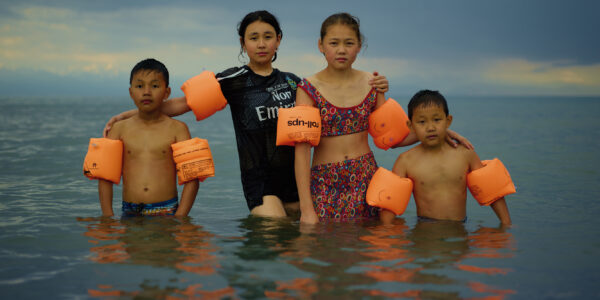
Photographer Stories
Intimacy in focus: Louise’s lens on humanity with Phase One_Part1
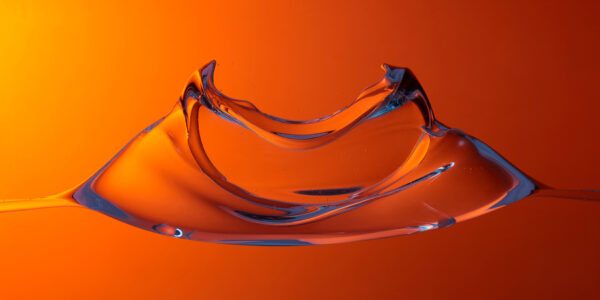
Photographer Stories
Dimitri Newman: Vision is Just the Start

Photographer Stories
Ashes: The Rebirth of a Camera- Hexmalo

Photographer Stories
Chandler Williams: A Photographer’s Path

Photographer Stories
TABO- Gods of Light

Photographer Stories
Loreto Villarreal – An Evolving Vision

Photographer Stories
Tobias Meier – Storytelling Photography

Photographer Stories
Gregory Essayan – Curating Reality

Photographer Stories
Total Solar Eclipse – Matthew C. Ng
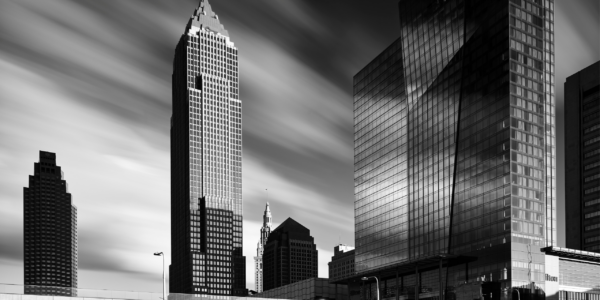
Photographer Stories
Roger Mastroianni – Frame Averaging
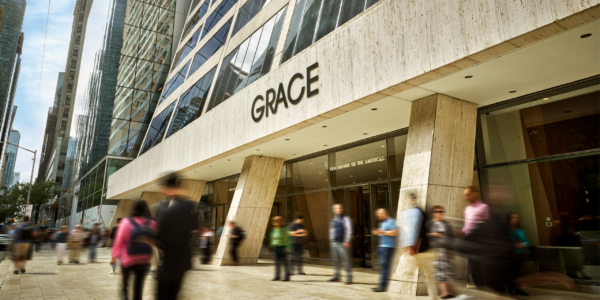
Photographer Stories
Matthew Plexman – Bringing portraits to life

Photographer Stories
Prakash Patel – A Visual Design Story

Photographer Stories
Karen Culp – Food Photography Ideas

Photographer Stories
T.M. Glass: Flower portraits
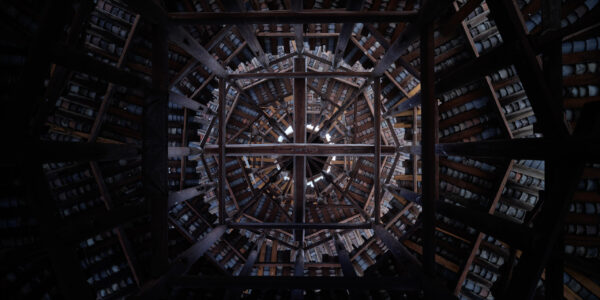
Photographer Stories
Preserving ancient Chinese buildings – Dong Village
